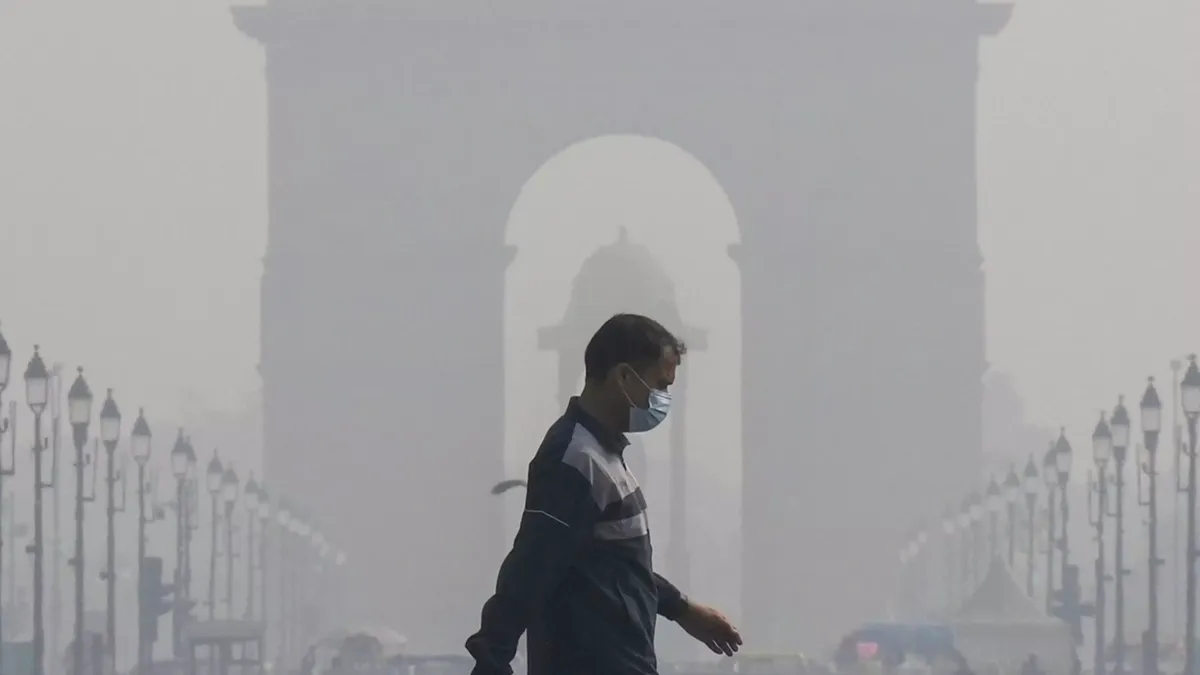NEW DELHI: In a sign of cautious relief amid the capital’s persistent smog crisis, the Commission for Air Quality Management (CAQM) sub-committee announced on Wednesday the immediate withdrawal of stage 3 restrictions under the Graded Response Action Plan (GRAP), attributing the decision to consistent gains in Delhi’s air quality over the preceding three days.
The move comes as the city’s Air Quality Index (AQI) has shown marked progress, yet the panel emphasized that enhanced measures from stages 1 and 2 will be strictly enforced and sustained until air conditions warrant further adjustments. “The AQI of Delhi has been improving since last 3 days and has been recorded 327 today. Further, the forecast by IMD/IITM predicts the AQI to remain in ‘very poor’ category in the coming days,” the sub-committee noted in its official directive.
This revocation specifically targets the emergency actions activated on November 11 for “severe” pollution levels, which were later refined on November 21. While those heightened controls are now off the table, the foundational prohibitions—such as dust suppression at construction sites, stricter waste burning bans, and increased vehicle emissions checks—will persist with added vigor to prevent backsliding.
CAQM officials pledged vigilant monitoring of meteorological trends and pollution metrics, ready to reinstate tougher protocols if the situation deteriorates. Delhi has endured “very poor” air for almost two weeks straight, a toxic haze fueled by stubble burning, vehicular exhaust, and stagnant winter winds.
Early Wednesday readings from the Central Pollution Control Board (CPCB) underscored the fragile recovery: AQI values ranged from 348 to 377 at major monitoring stations, including 358 at India Gate, 363 in Ghazipur, 348 near AIIMS, and 377 in Bawana. Under CPCB guidelines, readings between 301 and 400 signal “very poor” conditions, posing health risks especially to vulnerable groups, while levels exceeding 400 trigger “severe” alerts.
The partial easing reflects forecasts from the India Meteorological Department (IMD) and Indian Institute of Tropical Meteorology (IITM), which anticipate sustained “very poor” air in the near term, barring unexpected wind shifts or rainfall.
